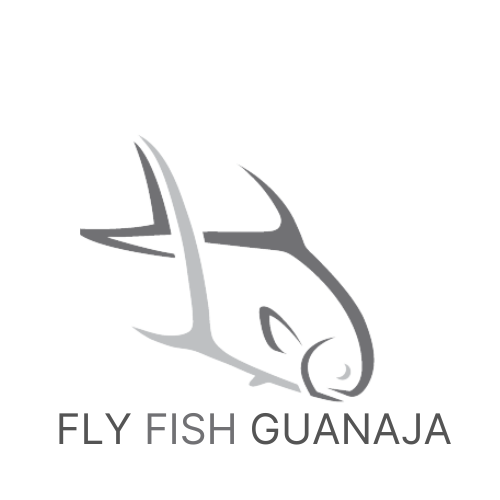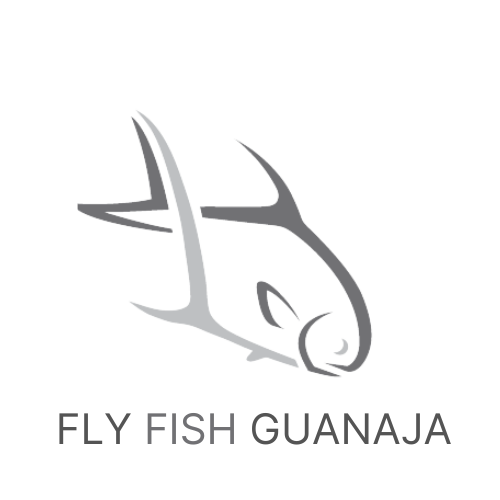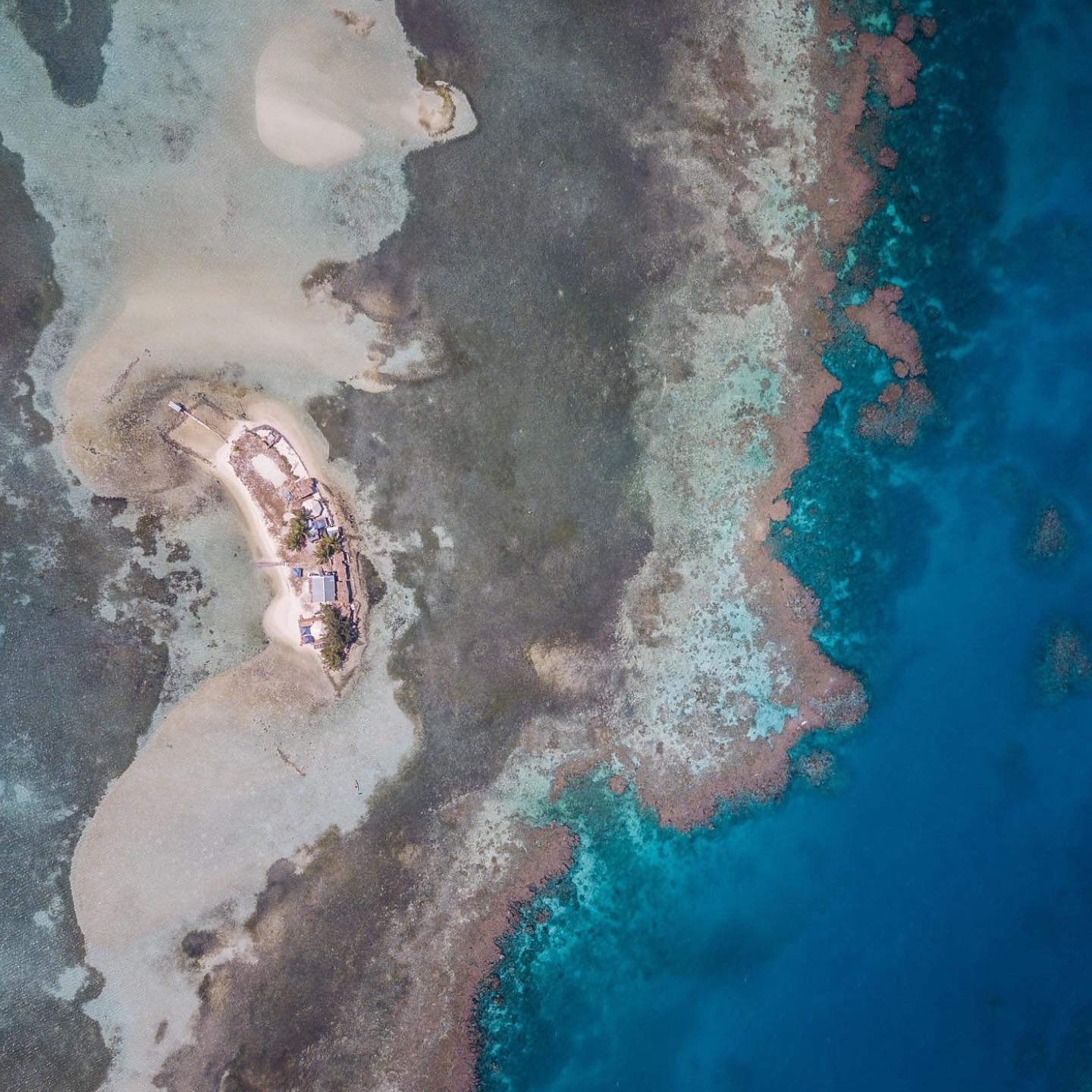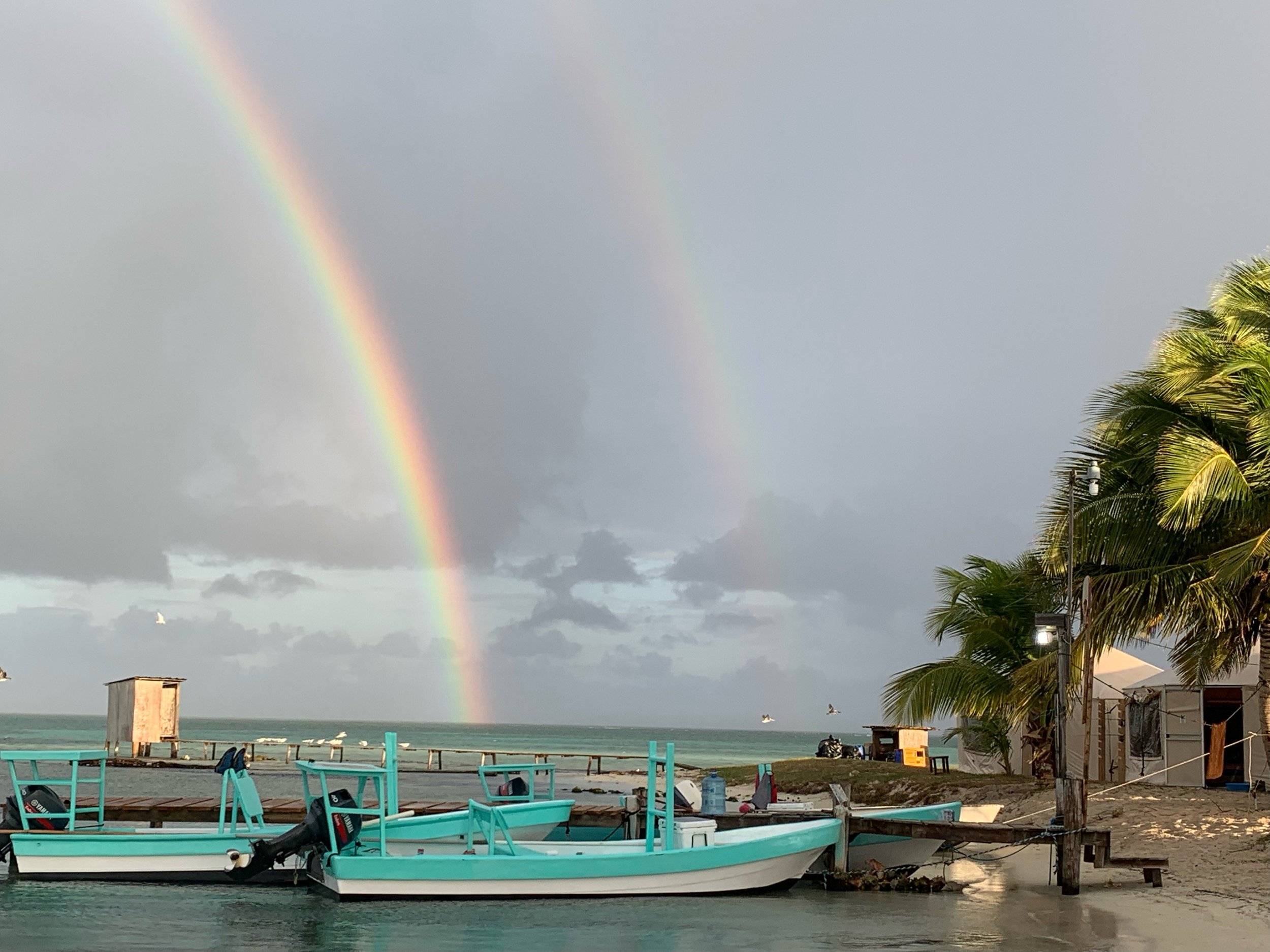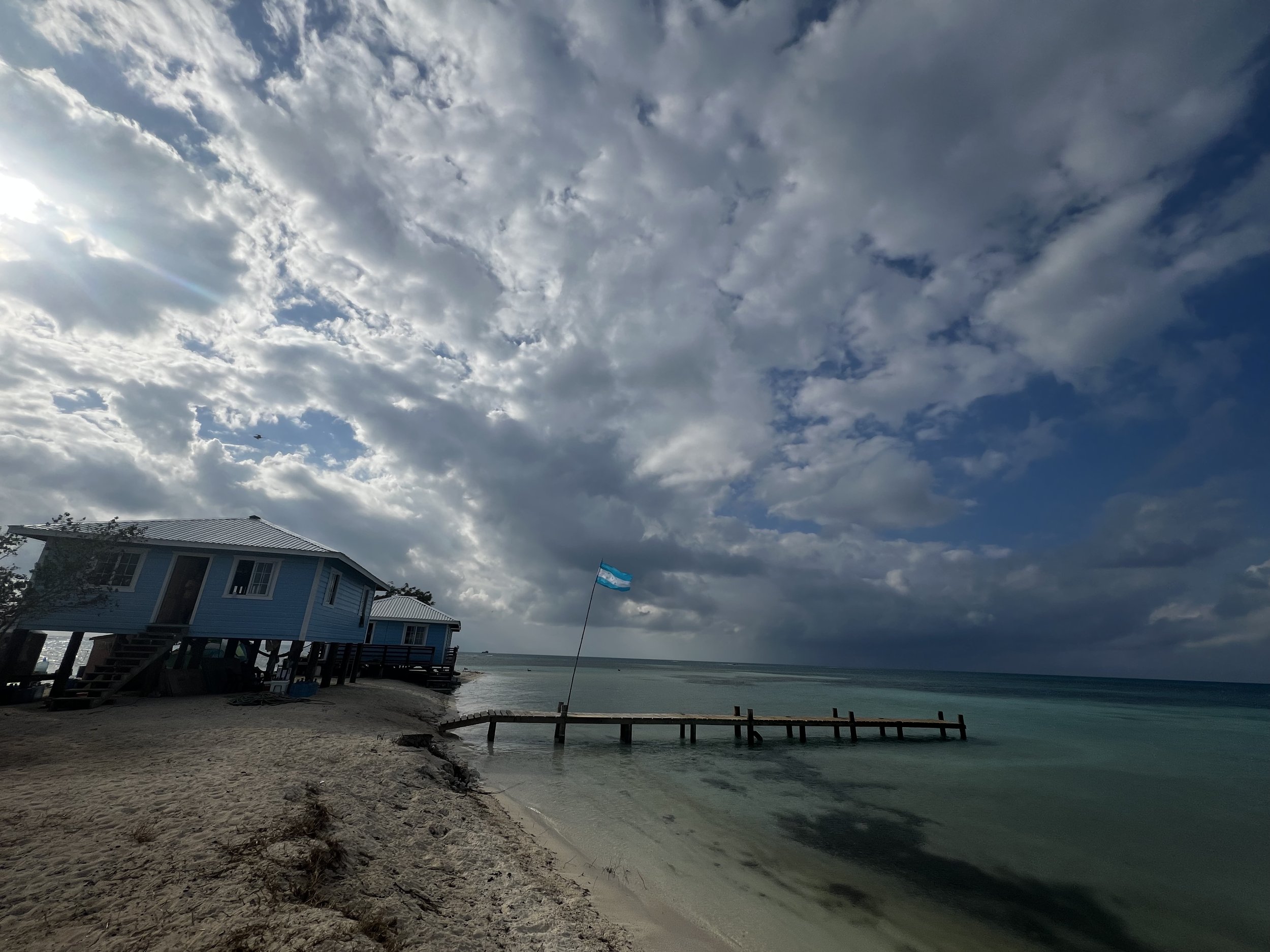
The Faraway Cayes
An Outpost Camp for the Adventurous Angler
FARAWAY CAYES
Fly Fish Guanaja developed a remote basecamp on a small Caribbean island 160 miles east of Guanaja.
Guanaja locals have worked on these islands for generations in lobster, shrimp, and snapper boats. We are the first fly-fishers and tourists to inhabit these islands.
Although the area has been a resource for fishermen, bonefish and permit have been left alone to grow and multiply in ways that must be seen to be believed.
The Faraway Cayes is home to several giant schools of bonefish, down to big singles that are much larger on average than typical Central American bonefish, with some pushing double digits.
The permit fishery is world-class. Many shots a day are expected, and several are landed in a week. The average permit weighs over 15 pounds, and some reach over 50.


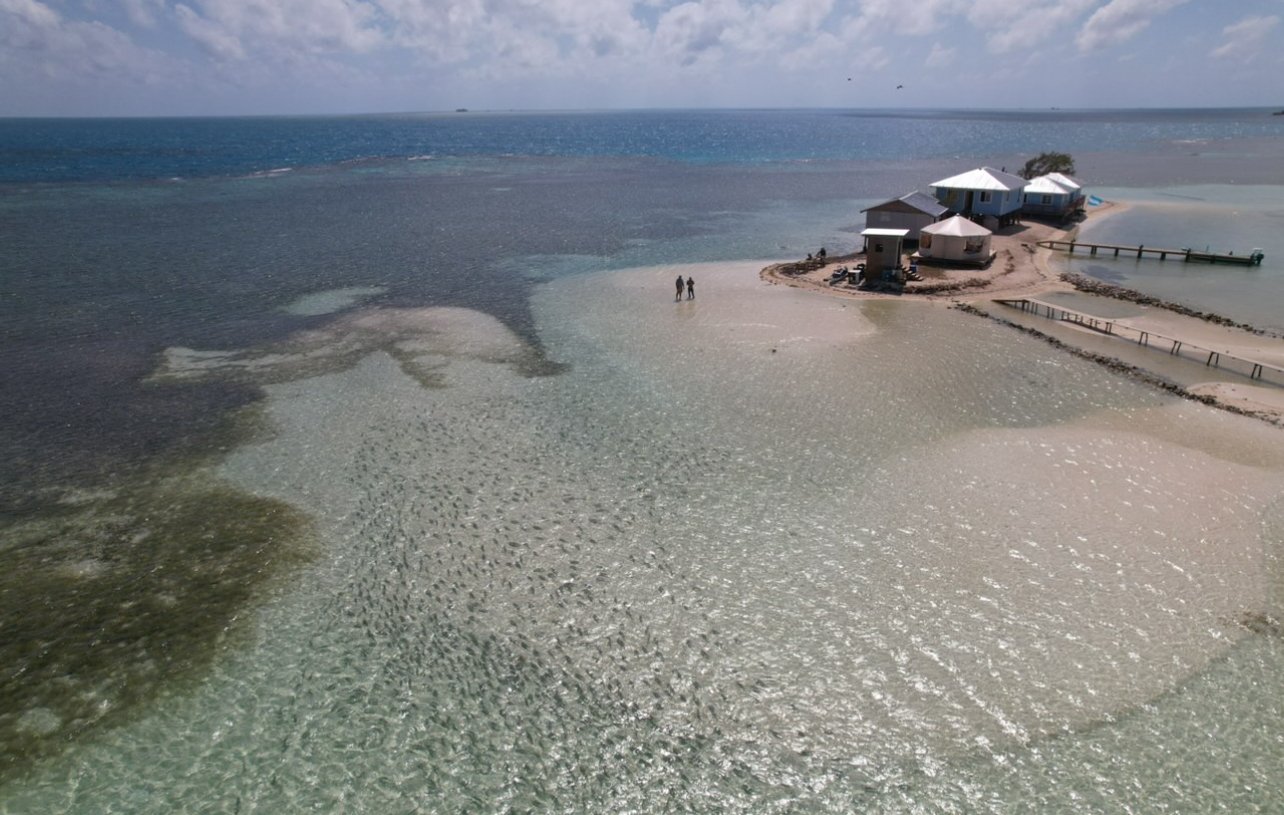
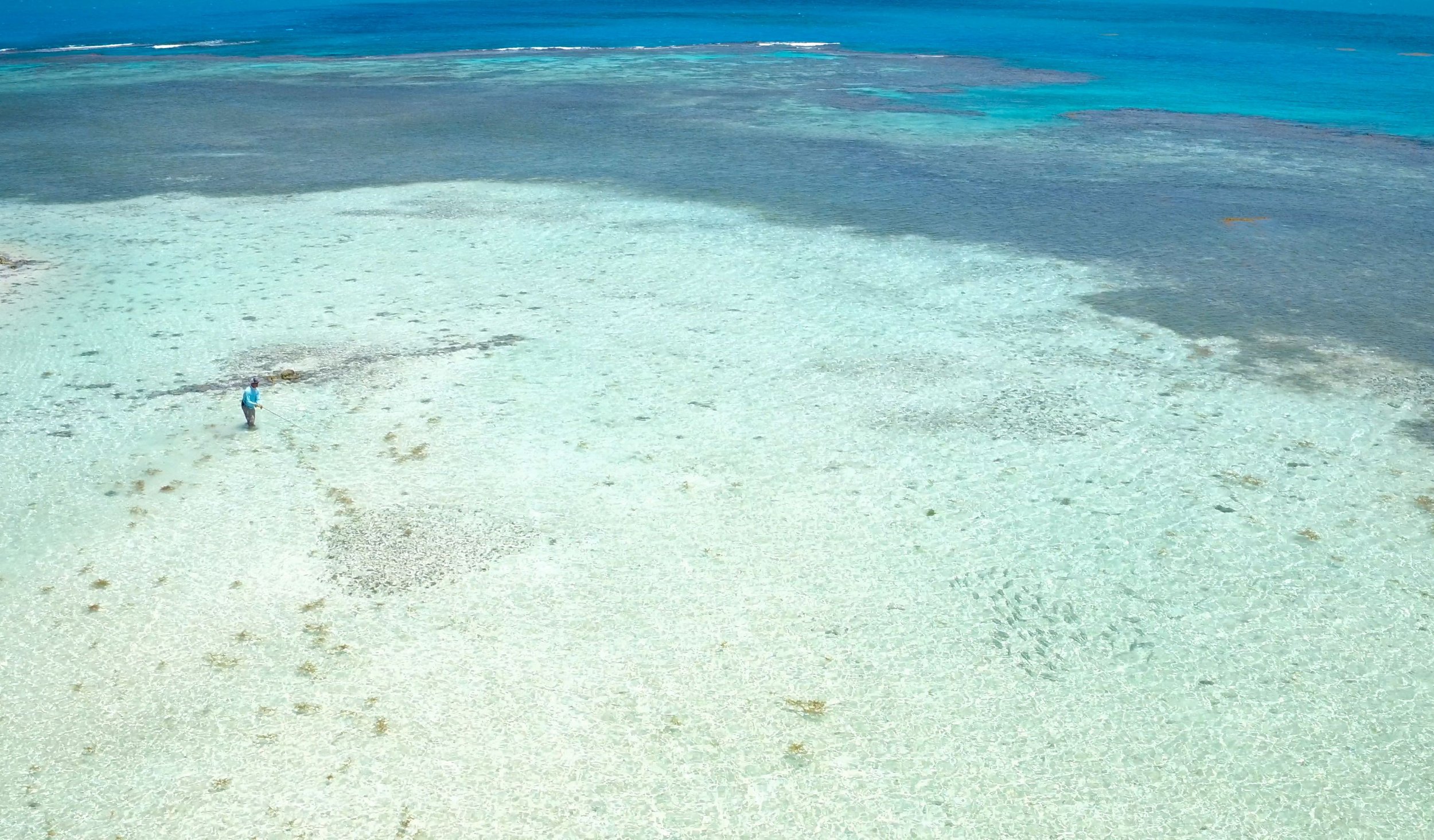

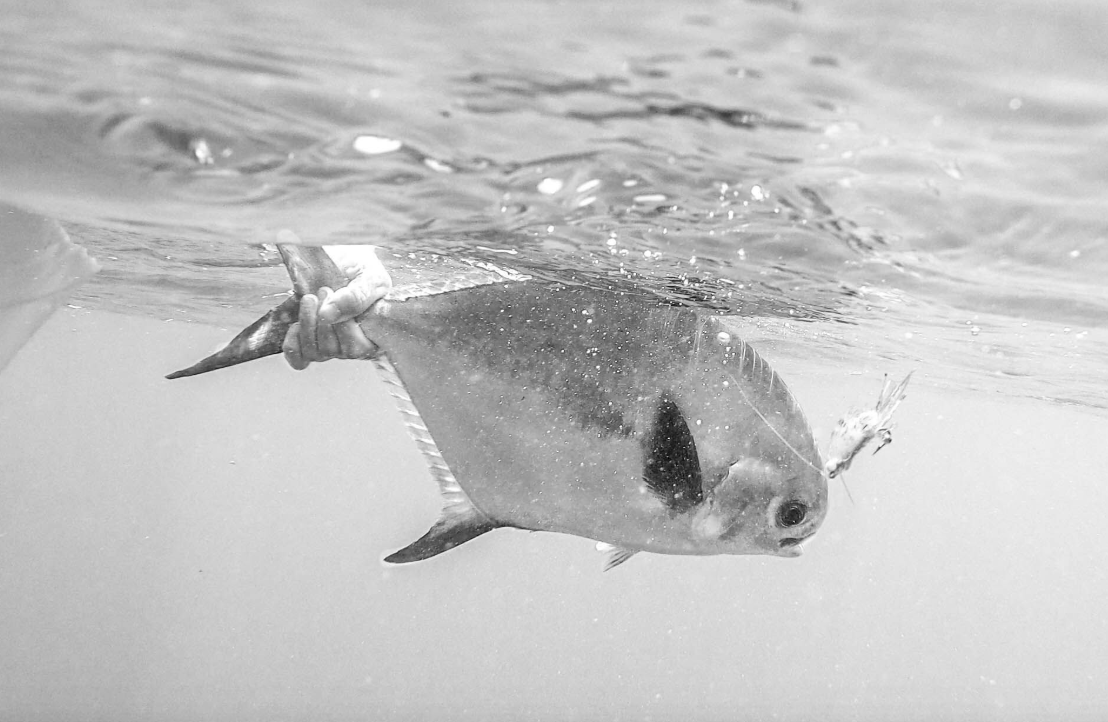
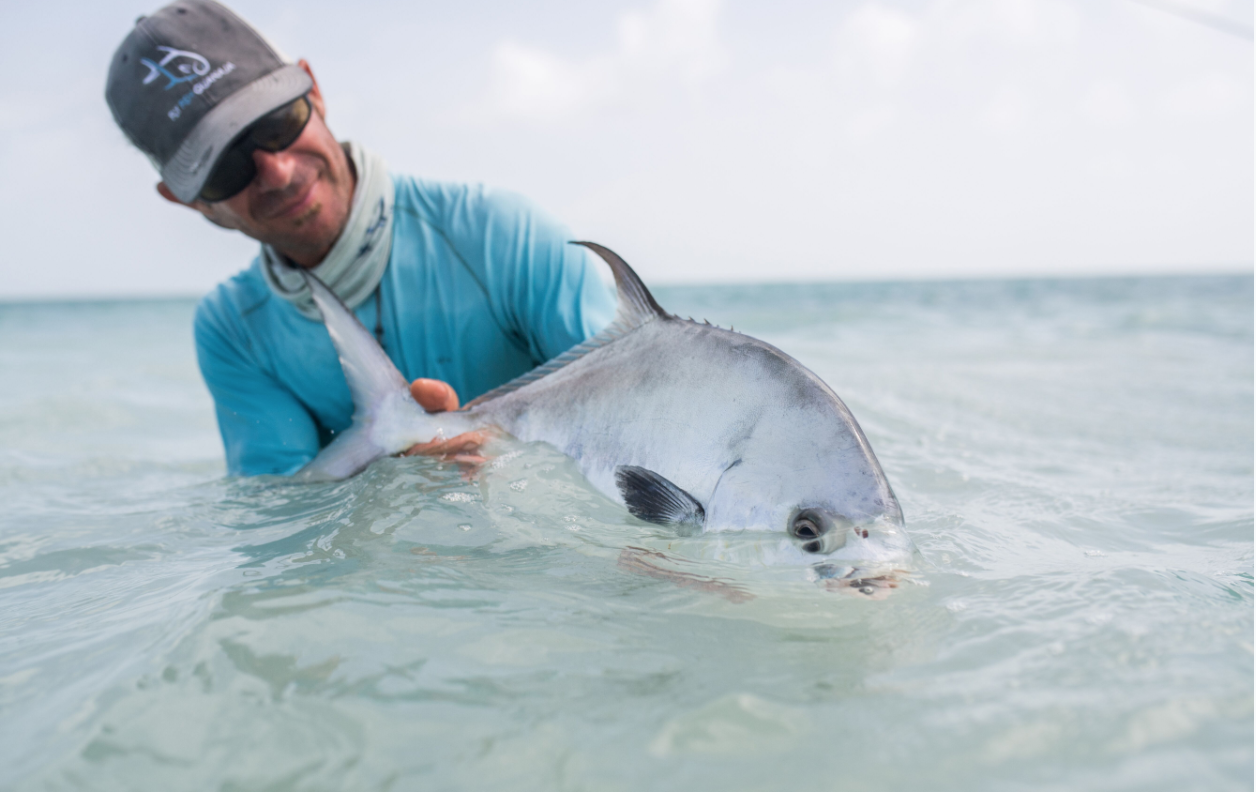


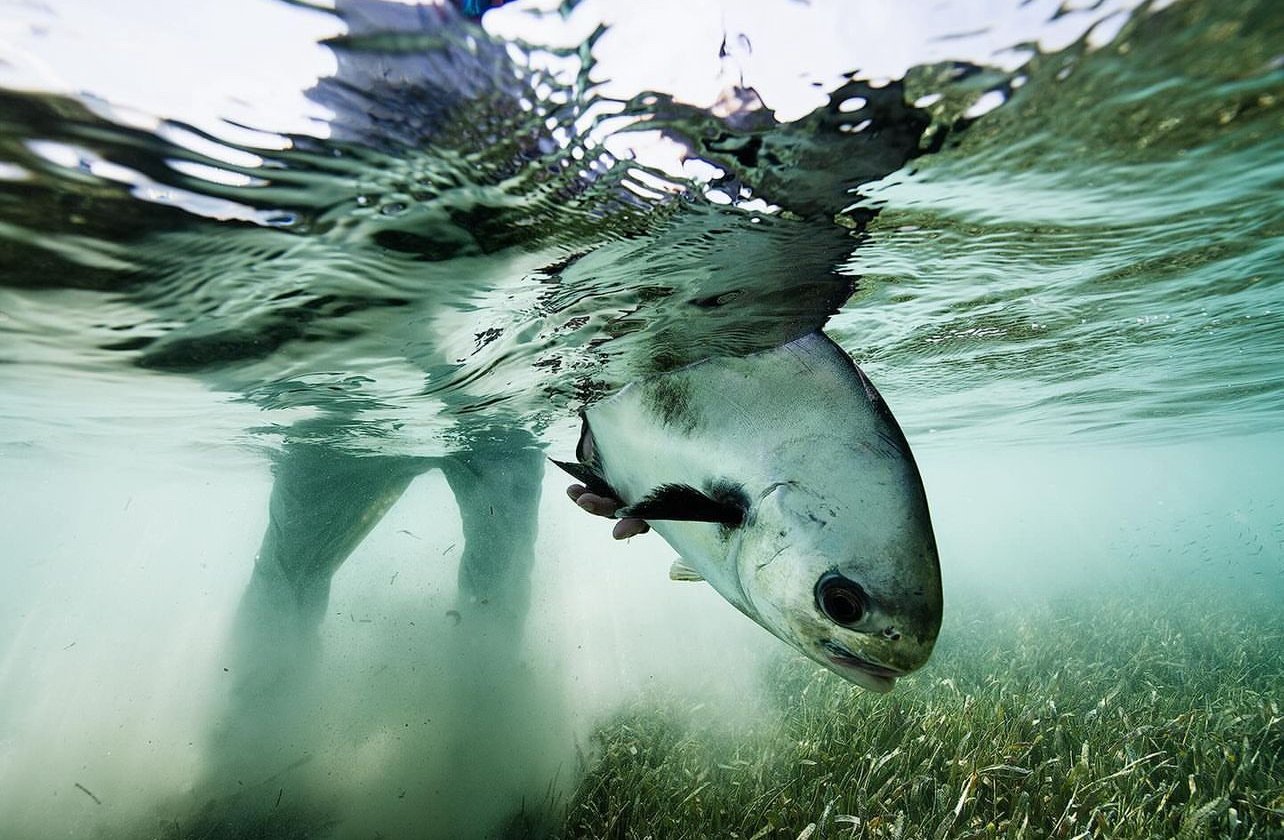

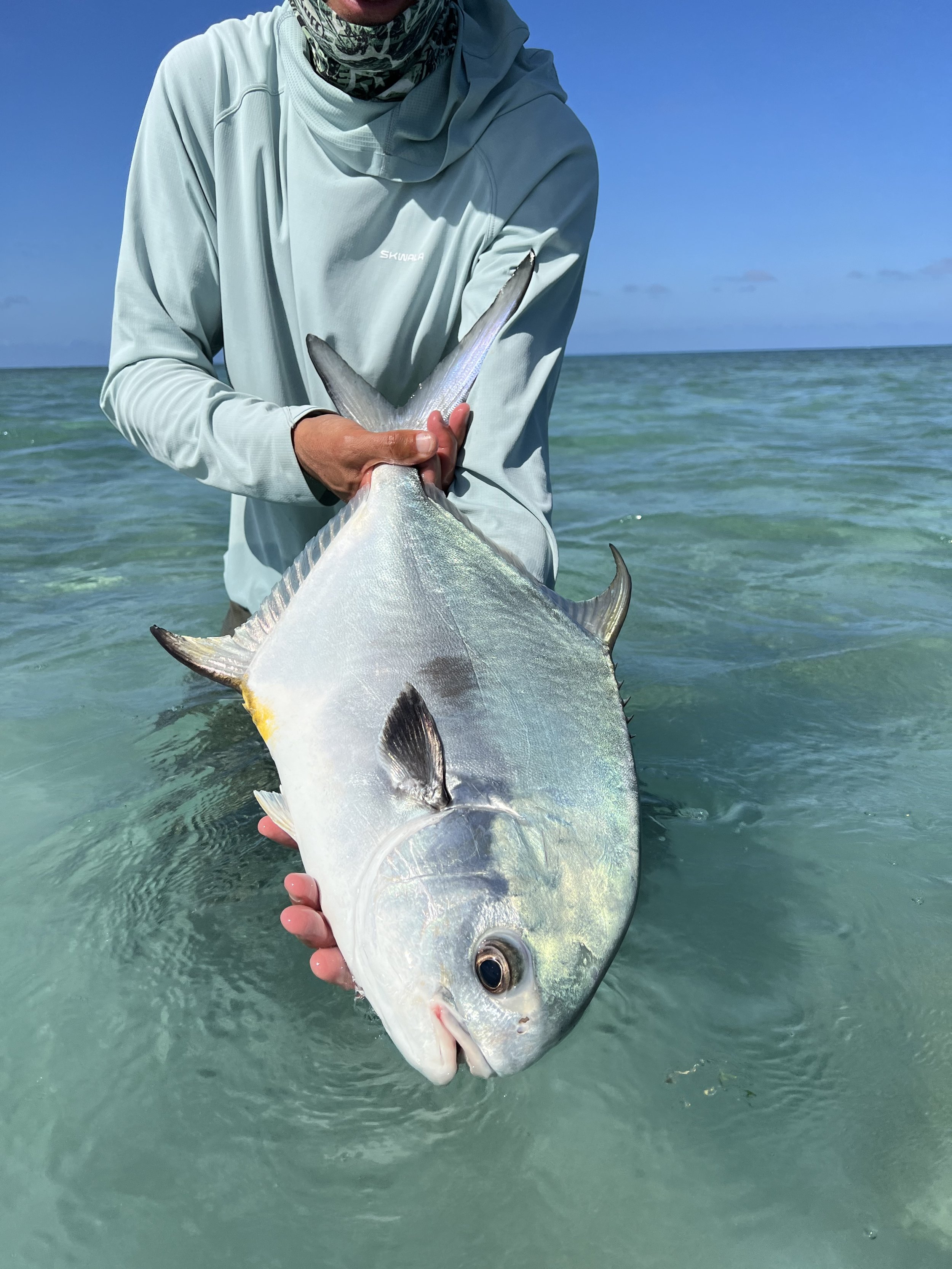
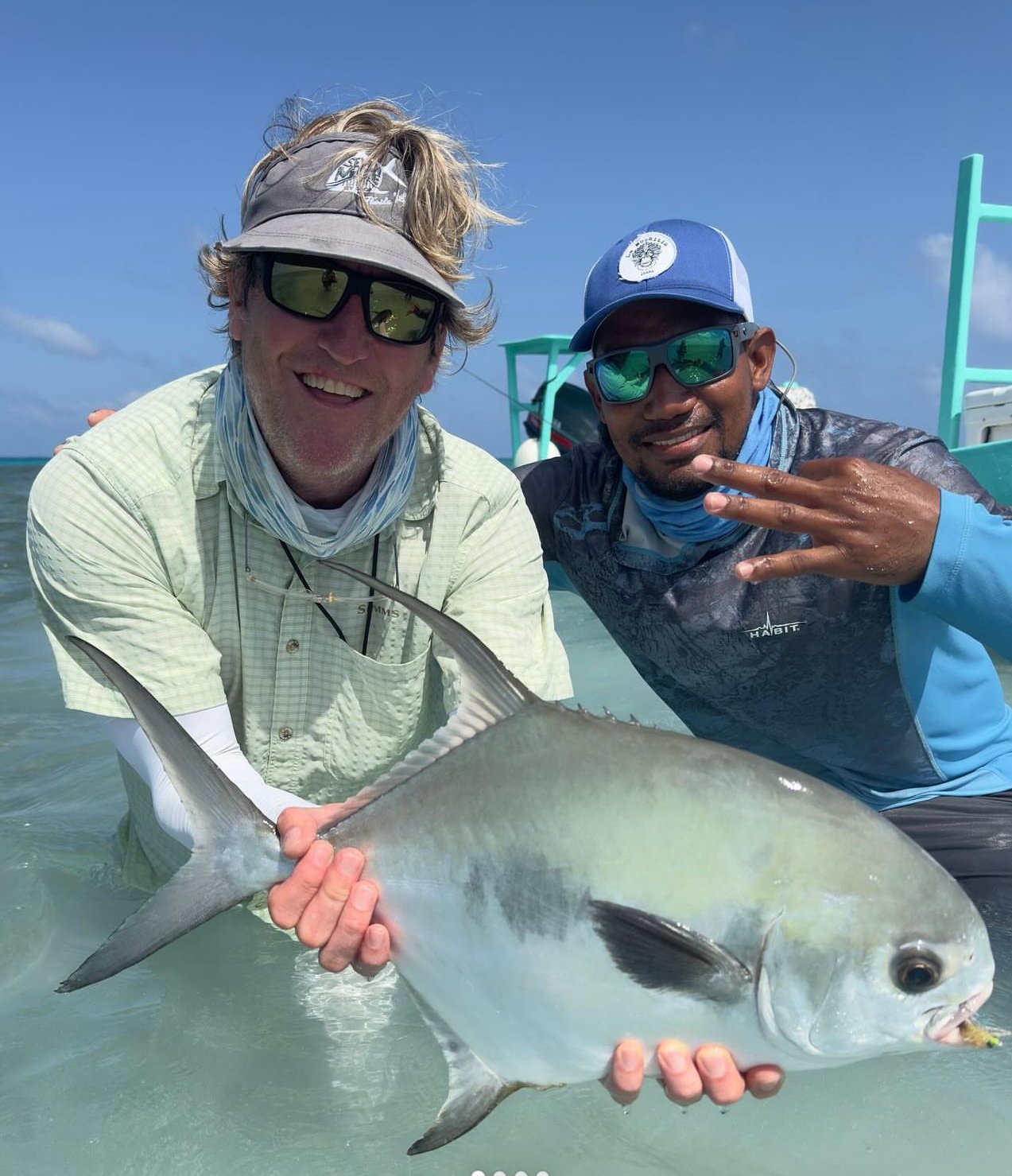
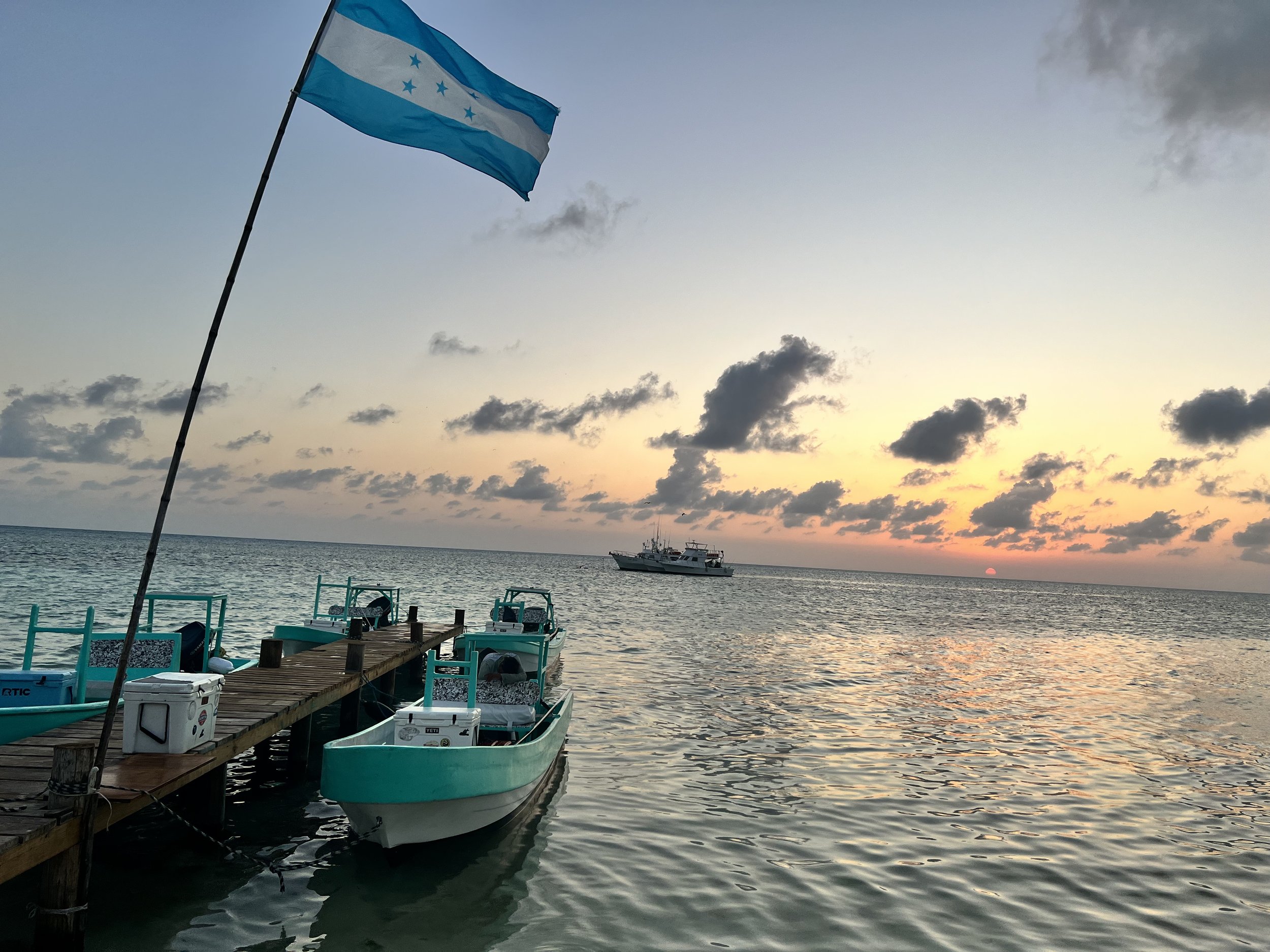
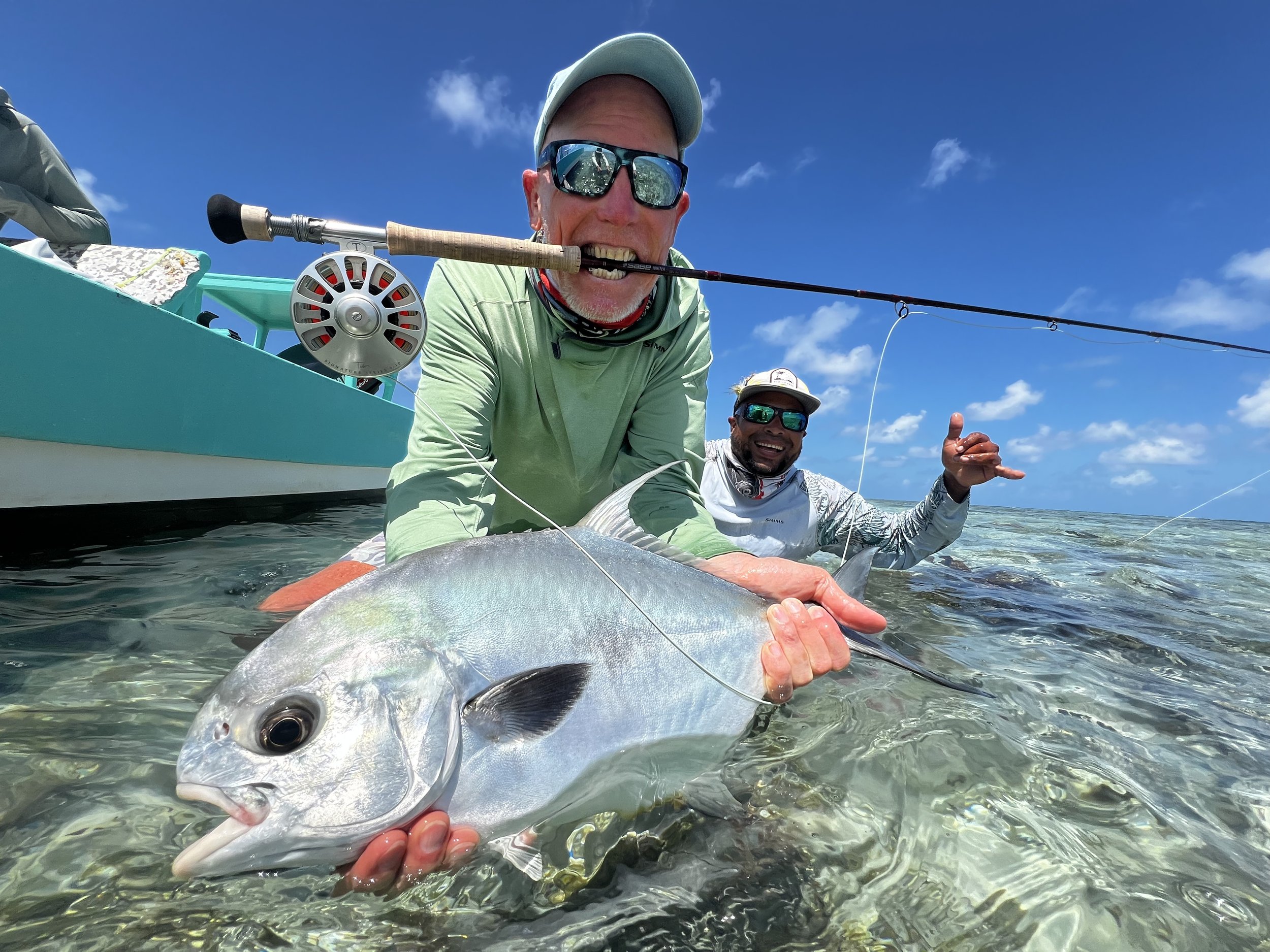
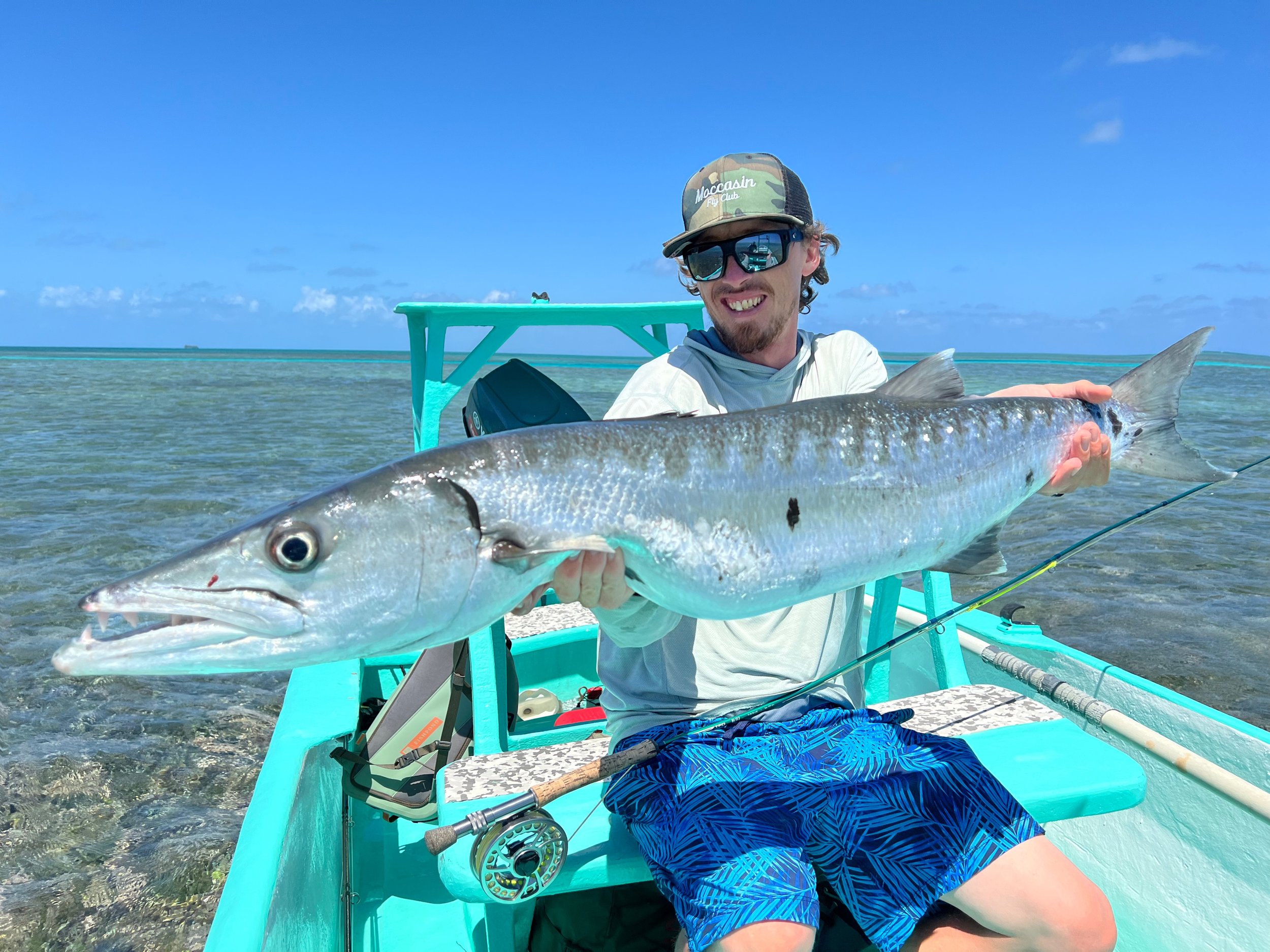
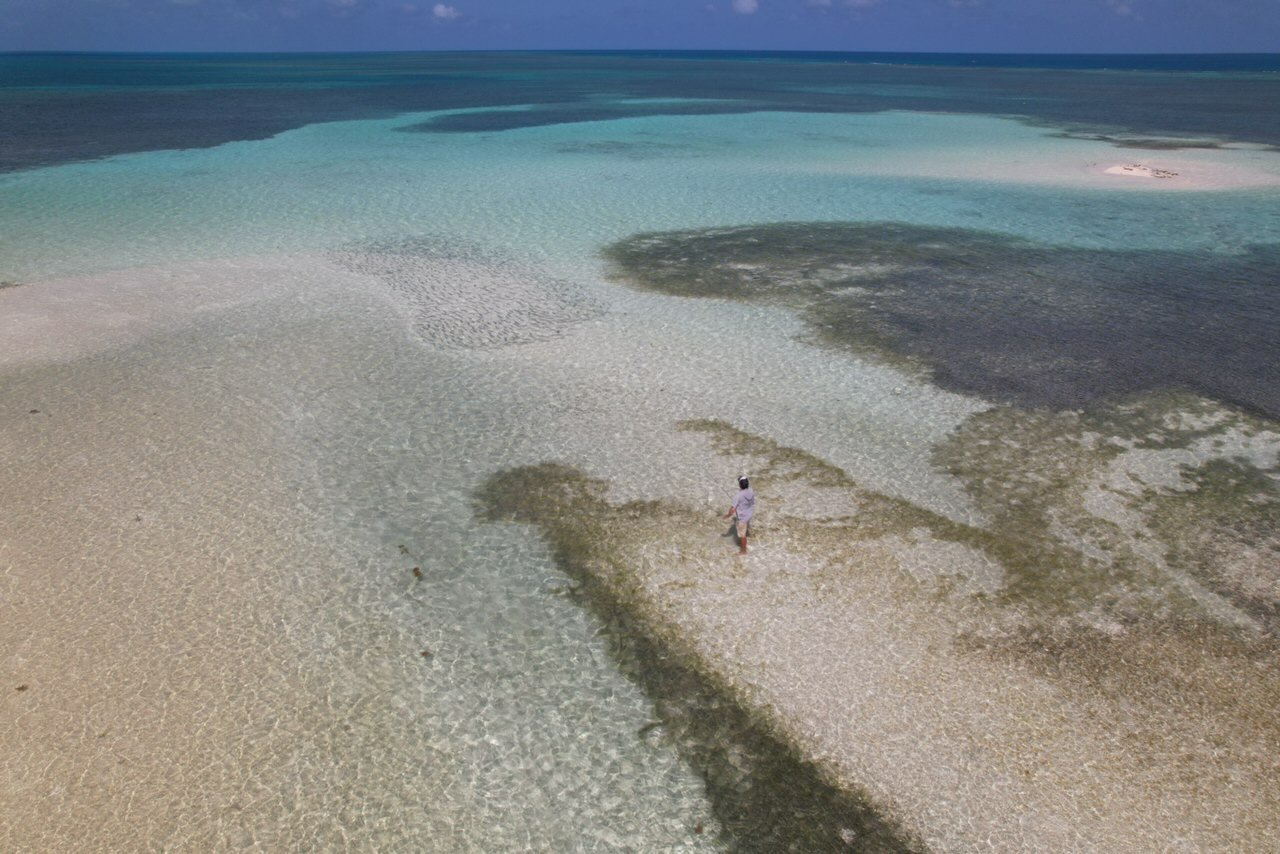

BASECAMP
The base camp is simple, comfortable, and well-equipped. A large yurt is located at one end, while two new cabins sit at the other end, both offering incredible views of the flats. The headquarters, which includes a restaurant and bar, is situated in the center of the camp.
The cuisine alone justifies the trip. Chefs from Fly Fish Guanaja bring their expertise to the Faraway Cayes, along with fresh Honduran fruits, vegetables, desserts, and everything needed for top-notch cuisine. Breakfast options include eggs prepared in various ways, fry jacks, bacon, beans, fresh fruit, pancakes, toast, juice, and more. For boat lunches, you can expect wraps, empanadas, or sandwiches. Appetizers like conch fritters are served during cocktail hour. As for dinner, it's the main event, featuring a variety of entrees, including chicken, pork, lobster, and fish.
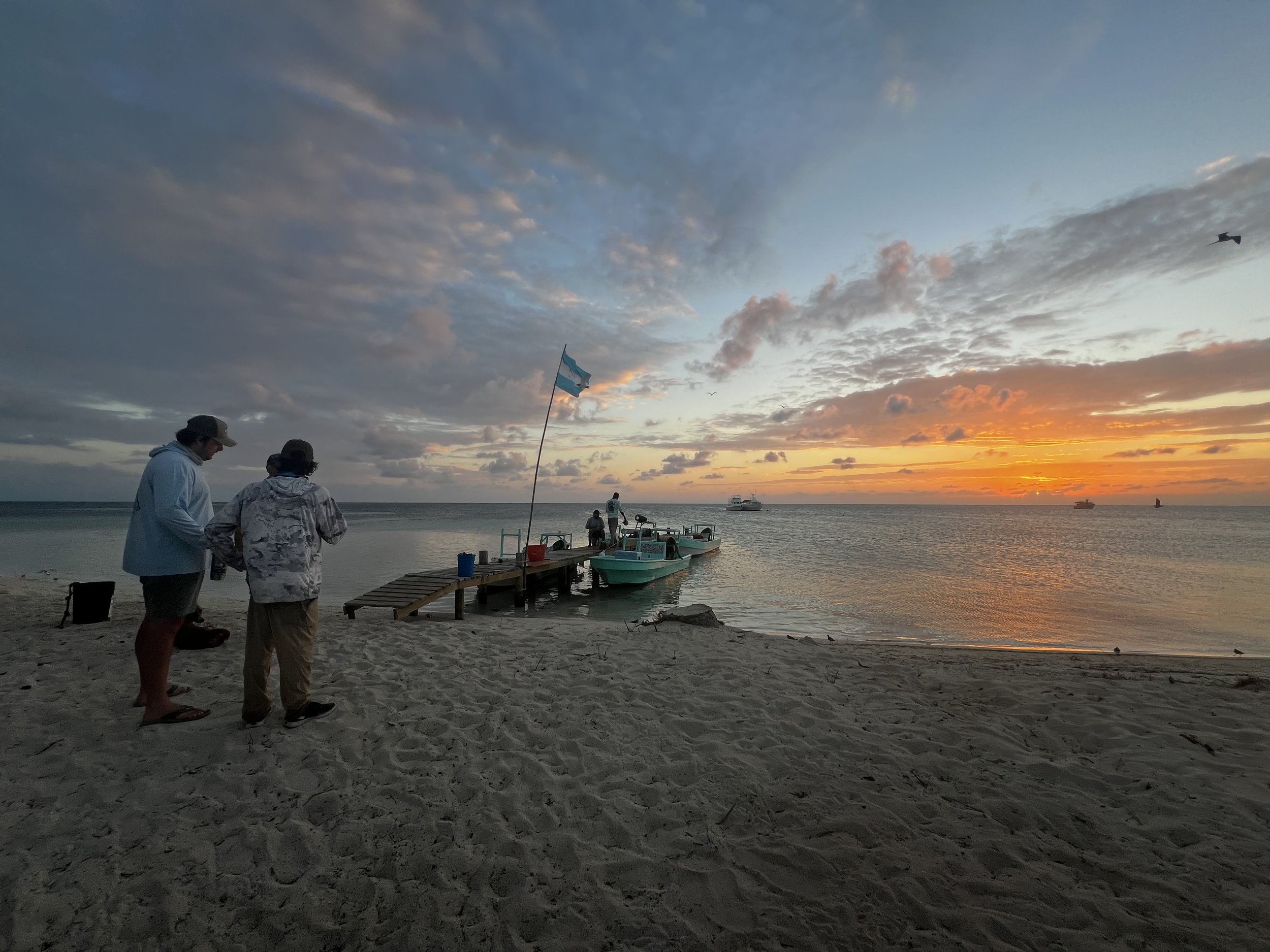
The Fishing
The Faraway Cayes are part of a massive reef system stretching hundreds of miles offshore of Honduras and eventually into Nicaraguan waters. The reef is not continuous but is cut through with channels, with blue water separating sections of the reef.
The depth is variable, with deeper flats making up the majority of the terrain, but there are also plenty of cayes, sandbars, turtle grass flats, and other shallow structures on the back side of the solid coral. The shallow water is clustered in select areas along the reef, often separated by long distances.
Typically, the fishing is split about half-and-half between wading and poling the skiff. These are not the endless ankle-deep flats of the Bahamas. But that topography presents a tradeoff most fly fishermen will take. The shallow turtle grass is full of permit and lots of triggerfish. The sandy patches hold vast schools of bonefish.
Permit
During the right tidal periods, permit tail over the skinny turtle grass flats. When tides are not conducive to tailing, they hunt by hiding underneath eagle rays as the rays cruise slightly deeper flats. The fish hiding under the rays will follow and eat flies aggressively. Seeing a permit materialize and chase down a rapidly stripped shrimp fly is a wild and unique sight.
Under normal conditions, anglers will encounter dozens of fish tailing and cruising the skinny flats for part of the day and plenty of additional opportunities for fish in other scenarios (with rays, for example) the remainder of the day.
Bonefish
The Faraway Cayes are home to large schools of bonefish of all sizes. Fish of similar size tend to school together and are easy to locate in the ultra-shallow waters. They are not selective.
Sometimes, the biggest fish are solitary, but they are also found in schools, so part of the challenge is getting the grandaddy to eat when surrounded by hundreds of other fish.
Some of the bonefish are trophy-sized, much larger than in other parts of Central America, with coral fringing most of the flats, making it a challenge to land the big ones.
Other Species
The Faraway Cayes boast lots of big triggerfish. Unlike in many locations, these triggers will actively chase and eat flies. They are not pushovers; it takes a well-presented fly to avoid spooking them. Achieving a solid hook set can also be tricky since triggers have teeth and hard mouths. However, they are good-sized fish that tail on the flats, provide a challenge, and will expose your backing in seconds when hooked — what more could you ask for?
Triggers frequent the same water as permit and will eat the same flies, and thus require no time out from permit fishing. They are great targets of opportunity, and we consider the fishing for triggers a considerable bonus.
Tarpon, snook, colossal barracuda, jacks, snapper, sharks, and other reef and blue-water species are present. These species have unique qualities and provide variety for anglers who like mixing it up.
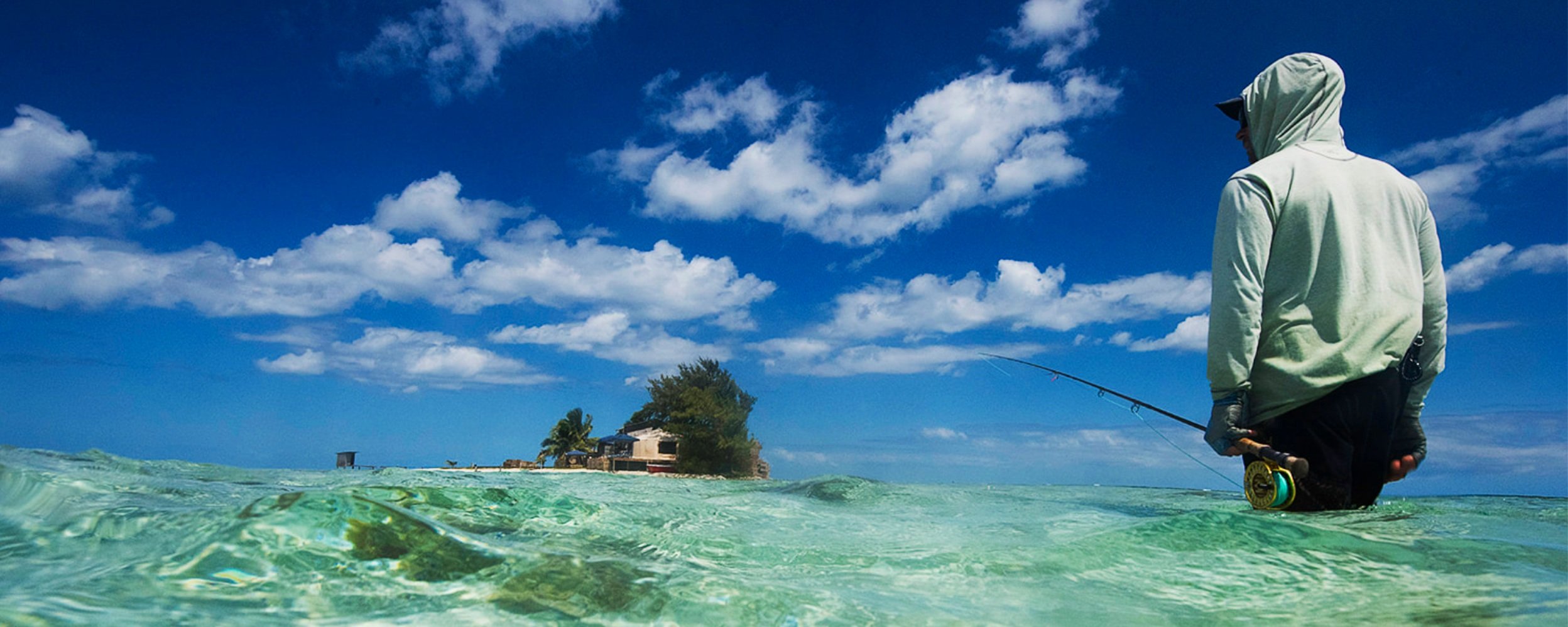
Fly Fishing Package
Saturday to Friday
Included:
6 Nights Accommodation
6 days Guided Fly Fishing
Meals
Beer, Wine, Rum, Sodas
In Roatan, you can purchase specialty bottles and bring them to Faraway Cayes
Not Included:
Stay in Roatan
Gratuities
Price is based on double occupancy - Single Angler & Group Rates Available
8 Anglers Maximum

